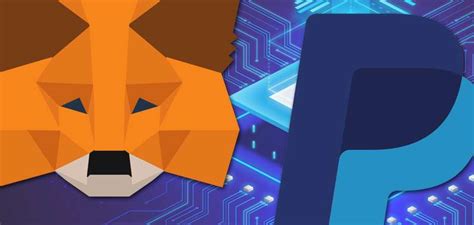CRYPTOCURRENCY
Cryptoart: The Intersection Of Art And Blockchain
Cryptoart: The Intersection of Art and Blockchain

The world of cryptocurrency has exploded in recent years, with the rise of digital currencies like Bitcoin and Ethereum. However, one emerging trend that is gaining significant attention is the intersection of art and blockchain. Cryptoart, a new genre of digital art that leverages blockchain technology, is revolutionizing the way we think about creativity, ownership, and value.
What is Cryptoart?
Cryptoart refers to a type of digital art that uses blockchain technology to create, store, and verify ownership of art pieces. Unlike traditional art markets, where artists can own their work directly without any intermediaries, cryptoart allows buyers to purchase and own digital art through blockchain-based platforms. This new paradigm has opened up exciting opportunities for artists, collectors, and enthusiasts alike.
How does Cryptoart work?
Cryptoart uses a decentralized platform called Ethereum (ETH) or another blockchain network to facilitate the creation, sale, and ownership of digital art pieces. Here’s a simplified overview:
- Artistic creation: An artist creates a digital artwork using specialized software, which is then uploaded to a blockchain-based platform.
- Blockchain validation: The blockchain verifies the artwork’s existence, authenticity, and value.
- Ownership transfer: When an artwork is purchased through a cryptoart marketplace or exchange, its ownership is transferred from the artist to the buyer on the blockchain.
- Transferability: Digital art pieces can be easily sold, traded, or lent across different platforms without the need for intermediaries.
Characteristics of Cryptoart
Cryptoart shares several key characteristics with traditional art forms:
- Ownership
: The artwork’s ownership is transferred directly from the artist to the buyer on the blockchain.
- Decentralization: The creation and sale of cryptoart are decentralized, meaning no single entity controls it.
- Transparency: All transactions and data related to the artwork are publicly available through blockchain analytics tools.
- Immutable: The blockchain ensures that all transactions are immutable, making it difficult for counterfeiters or manipulators to alter the artwork’s value.
Applications of Cryptoart
Cryptoart has numerous applications across various industries:
- Art marketplaces: Online platforms like Rarible and OpenSea allow artists to create, sell, and buy cryptoart directly.
- Gaming: Cryptocurrency-based games like Axie Infinity and Decentraland utilize blockchain technology for gameplay, social interaction, and ownership.
- Collectibles: Cryptoart can be used as a collectible asset, with its value determined by the demand of the market.
- Institutional investment: Some institutions are exploring the use of cryptoart to create new investment opportunities.
Benefits and Challenges
The intersection of art and blockchain offers several benefits:
- Increased accessibility: Cryptoart democratizes access to art, making it possible for a wider audience to participate in the creative process.
- New revenue streams: Blockchain-based platforms can create new business models and revenue streams for artists, collectors, and marketplaces.
However, there are also challenges to consider:
- Security risks: As with any digital asset, there is a risk of hacking, loss of ownership, or unauthorized access to cryptoart.
- Regulatory uncertainty: The regulatory environment for cryptoart remains uncertain, with varying levels of support from governments worldwide.
- Interoperability issues: Different blockchain platforms may have different standards and APIs, making it challenging to integrate them seamlessly.
